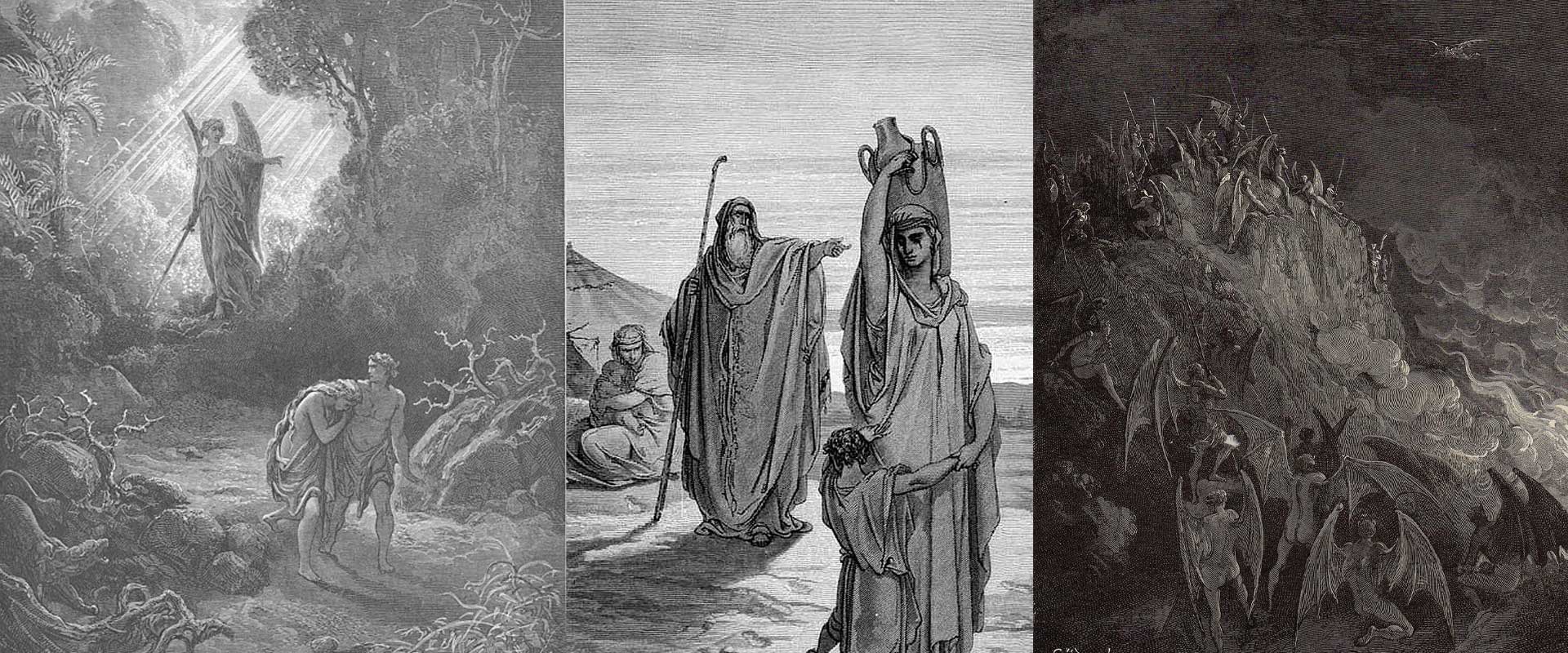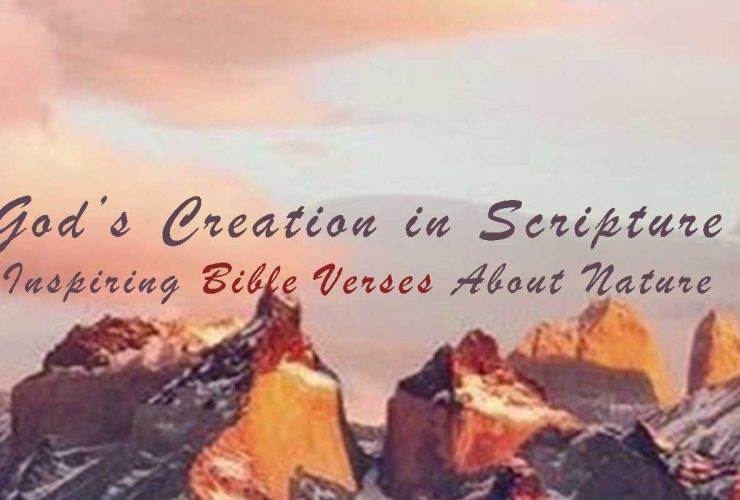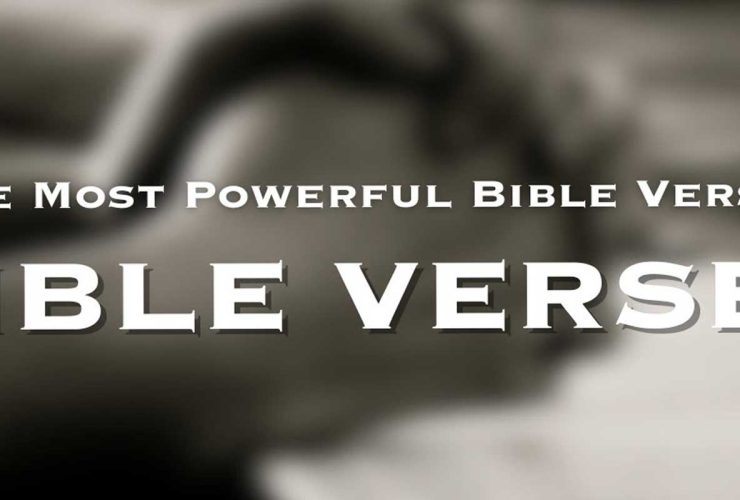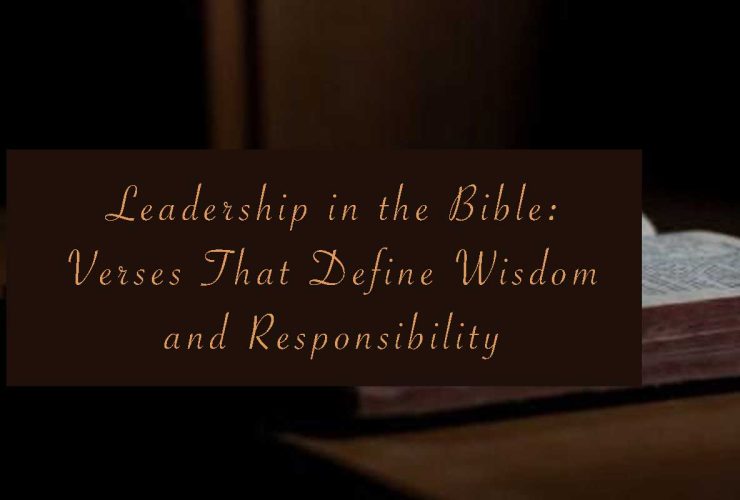Few works of English literature are as ambitious and powerful as John Milton’s Paradise Lost (1667). The epic poem, written in blank verse, narrates the fall of Satan, the rebellion of the angels, and the temptation of Adam and Eve, exploring themes of freedom, justice, and redemption. For centuries, it has been admired as a cornerstone of Christian epic poetry.
When Paul Gustave Doré (1832–1883) illustrated Paradise Lost in 1866, he brought Milton’s words to life with monumental engravings that remain among his finest achievements. Doré’s dramatic style—his mastery of shadow, scale, and emotion—matched Milton’s grandeur, making the engravings inseparable from how readers visualize the poem today.
This article explores Paradise Lost through the masterful art of Paul Gustave Doré, tracing his visual interpretation of Milton’s epic and examining why his work continues to define how generations understand this literary masterpiece.
Why Doré Was the Perfect Illustrator for Paradise Lost
Doré was already famous for his engravings of the Bible, Dante’s Divine Comedy, and Cervantes’ Don Quixote. His ability to render the sublime and the terrifying, the human and the divine made him uniquely suited to Milton’s vast canvas of Heaven, Hell, and Eden.
- Doré’s edition of Paradise Lost contained 50 large-scale engravings.
- The works were hailed as equal in ambition to Milton’s poetry, both grand and terrifying.
- His engravings quickly spread through Europe and America, becoming the definitive imagery of Milton’s epic.
Just as in his Bible illustrations, Doré balanced divine majesty with human drama, capturing both the scale of cosmic battles and the intimate sorrow of Adam and Eve.
Doré’s Vision of Heaven and Hell
The Fall of Lucifer
One of Doré’s most famous engravings depicts Lucifer and his legions cast down from Heaven. The vast sky, filled with swirling light and angelic forms, contrasts with the dark descent into shadow. The engraving conveys both cosmic grandeur and tragic rebellion.
Satan on the Lake of Fire
Doré presents Satan lying on the burning lake after his fall, wings spread, body massive yet subdued. The image conveys both power and defeat, making Satan at once terrifying and pitiable.
Pandemonium: The Palace of Demons
Doré illustrates the construction of Pandemonium, the capital of Hell, as a city of vast halls and columns. His architectural imagination turned Milton’s description into something akin to a Gothic cathedral of darkness.
Eden and the Human Story
While Doré is celebrated for his infernal visions, his engravings of Eden are equally striking.
Adam and Eve in Innocence
Doré depicts Adam and Eve with dignity and grace, surrounded by lush landscapes and animals. His Eden feels expansive and abundant, echoing Milton’s descriptions of paradise before the fall.
The Temptation of Eve
In the engraving of Eve receiving the fruit from the serpent, Doré heightens the dramatic tension by emphasizing Eve’s vulnerability and the serpent’s cunning. The shadows foreshadow the tragedy to come.
The Expulsion from Eden
Perhaps his most heartbreaking image, Doré illustrates the moment Adam and Eve are cast out of Eden, escorted by an angel with a flaming sword. The figures’ sorrow and the dramatic contrast of light and darkness reflect both justice and mercy.
These scenes resonate with themes found in comforting Bible verses about death and eternal life, where loss is balanced by God’s greater promise.
Doré’s Artistic Techniques in Paradise Lost
- Light and Darkness: Doré used bold contrasts to depict Heaven’s brilliance, Hell’s gloom, and Eden’s balance of light.
- Scale and Architecture: Figures are often dwarfed by landscapes or structures, reflecting cosmic magnitude.
- Emotion: From Satan’s defiance to Adam and Eve’s grief, Doré captured the human side of Milton’s theology.
- Movement: Clouds swirl, angels clash, and rivers blaze with energy—his engravings are alive with motion.
These qualities mirror his work in Dante’s Divine Comedy, where he also balanced the spiritual with the dramatic.
Lasting Influence of Doré’s Paradise Lost
Doré’s engravings became the definitive images of Milton’s epic, shaping how artists, filmmakers, and even theologians imagined the poem.
- Literary Impact: Readers often recall Doré’s images alongside Milton’s words.
- Artistic Legacy: Later illustrators frequently borrowed his compositions.
- Cultural Reach: His work influenced Gothic art, Romanticism, and even early fantasy illustration.
Doré’s engravings endure because they make Milton’s complex theology tangible, giving faces, landscapes, and forms to abstract concepts.
Comparison of Doré’s Paradise Lost Illustrations
| Scene | Theme | Doré’s Focus | Impact on Readers |
|---|---|---|---|
| The Fall of Lucifer | Rebellion and defeat | Contrast of light and darkness | Awe at cosmic struggle |
| Satan on the Lake of Fire | Power and humiliation | Massive scale, stillness | Sympathy mixed with fear |
| Pandemonium Built | Pride and defiance | Gothic architecture | Sense of infernal majesty |
| Adam and Eve in Eden | Innocence and beauty | Harmony of figures and nature | Ideal vision of paradise |
| The Expulsion | Judgment and sorrow | Light vs. shadow, emotion | Tragedy of lost innocence |
Conclusion
Paul Gustave Doré’s engravings for Paradise Lost remain one of the most masterful visual interpretations of literature, standing alongside his illustrations of the Bible and Dante’s Divine Comedy as the pinnacle of 19th-century sacred art. His ability to capture the vastness of Heaven and Hell, the tragedy of Satan’s rebellion, and the tender humanity of Adam and Eve allowed readers to experience Milton’s epic in new ways. These engravings became more than illustrations—they became the visual imagination of Paradise Lost itself. For modern admirers of Doré, collections such as the dedicated Paul Gustave Doré Bible art prints and wider spiritual wall art preserve his legacy, making it possible to bring his dramatic vision of Heaven, Hell, and Eden into the home as both inspiration and reflection on the eternal themes Milton sought to express.
FAQs on Paradise Lost Through the Masterful Art of Paul Gustave Doré
Why are Doré’s Paradise Lost engravings so famous?
Because they capture the grandeur of Milton’s epic with unmatched dramatic intensity, shaping how readers visualize the poem.
How many engravings did Doré make for Paradise Lost?
He created 50 engravings, covering the fall of Satan, the creation of Pandemonium, and the story of Adam and Eve.
What makes Doré’s style unique for Paradise Lost?
His mastery of light, scale, and human emotion perfectly matched Milton’s balance of cosmic theology and human drama.
Which scenes are the most iconic?
The Fall of Lucifer, Satan on the Lake of Fire, and the Expulsion from Eden remain the most reproduced.
Where can I view Doré’s Paradise Lost engravings today?
They are published in illustrated editions and available as Paul Gustave Doré art prints.





